Photojournalists and NPPA Achieve Historic Settlement with the NYPD
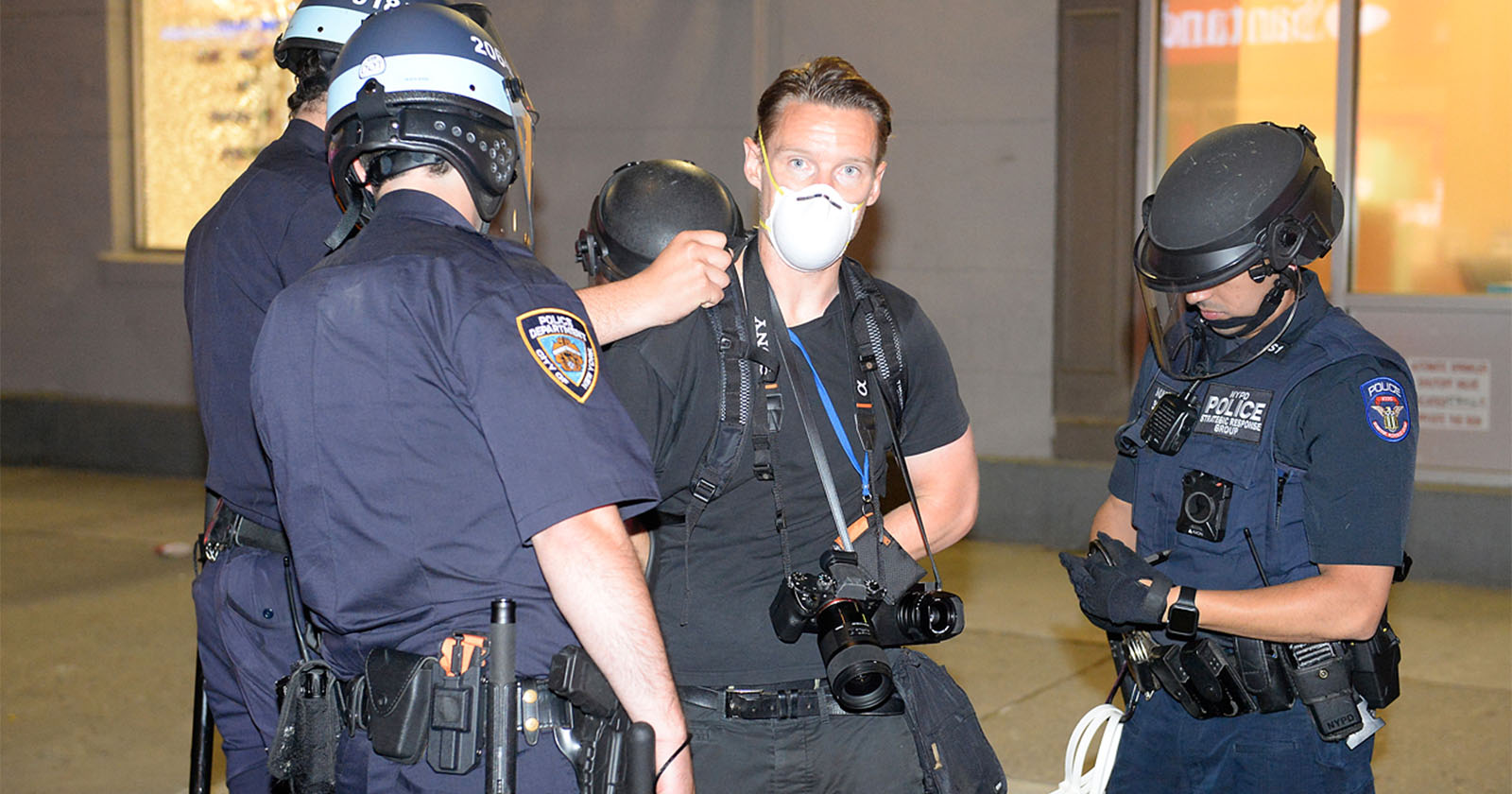
A group of press photographers reached a historical settlement with the New York City Police Department Tuesday, with an agreement that has the potential to transform police conduct and training, especially regarding the First Amendment for both journalists and the general public.
The lawsuit was first brought by three years ago by law firm Davis Wright Tremaine LLP, in partnership with the National Press Photographers Association (NPPA), and noted civil rights attorney Wylie Stecklow, after five photographers were assaulted and/or arrested while covering the George Floyd protests in 2020.
The five plaintiffs are all well-established and respected photojournalists with credits in The New York Times, Reuters, The Wall Street Journal, BBC, The Atlantic, the Times of London, and Le Monde, among other publications. They faced violent attacks from police — one was hit in the face by a baton, another was stripped of his cameras and held for several hours, for example — all of which occurred as they were photographing the protests.
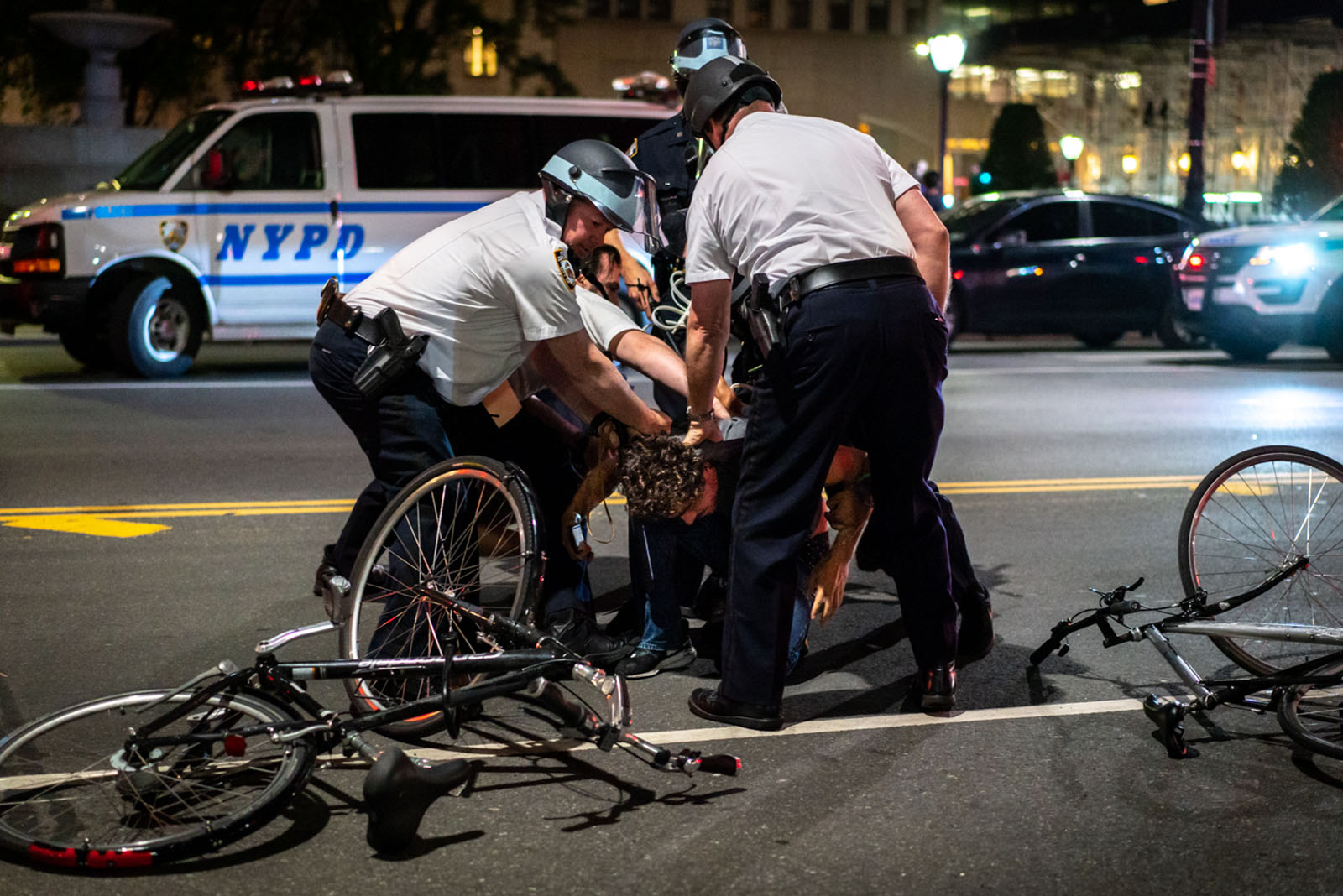
“The treatment that our clients received at the hands of the NYPD was not only unconstitutional, it was unconscionable, and a direct threat to our democratic principles,” Robert D. Balin, who led the litigation for the Davis Wright Tremaine, says in a release.
The NYPD now must implement policies and trainings to avoid the wrongful arrests and harassment of members of the press. NYPD officers are prohibited from arresting, restricting, or interfering with members of the press of merely observing or recording police activity in public places. The NYPD must provide journalists with access “to any location where the public is permitted” and cannot put up tape or establish “frozen zones” for the purpose of preventing the press from viewing or recording events in public spaces.
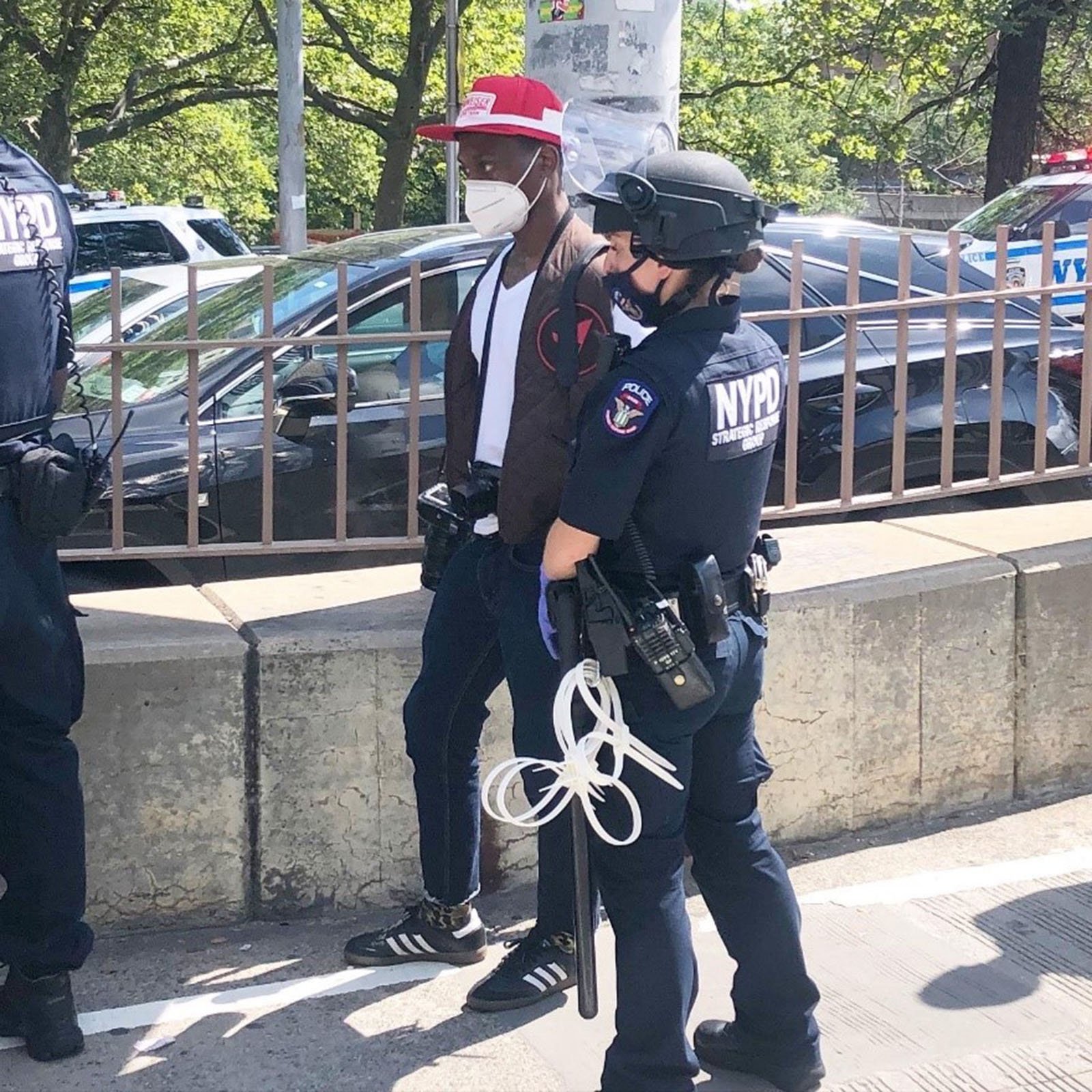
Credentialed journalists are permitted to do their jobs and remain in the area even after the general public is told to disperse, and the NYPD must recognize the legitimacy of press passes issued by jurisdictions outside New York City. Further, neither a press pass nor any other press identification is needed to observe or record police activity in public places. This included areas where protests, crimes, or “other matters of public concern” are taking place. The agreement further discourages “catch and release” practices, in which the police journalists have all-too-often been unlawfully detained at police stations for hours before charges against them are finally dropped.
![]()
All of these practices fall under the First Amendment. In fact, the NYPD admitted as much.
“In the agreement, the NYPD also—for the first time ever—formally acknowledges that the press has a clearly established First Amendment right to record police activity in public places, and commits itself to respect that right,” a release from Davis Wright Tremaine LLP reads.
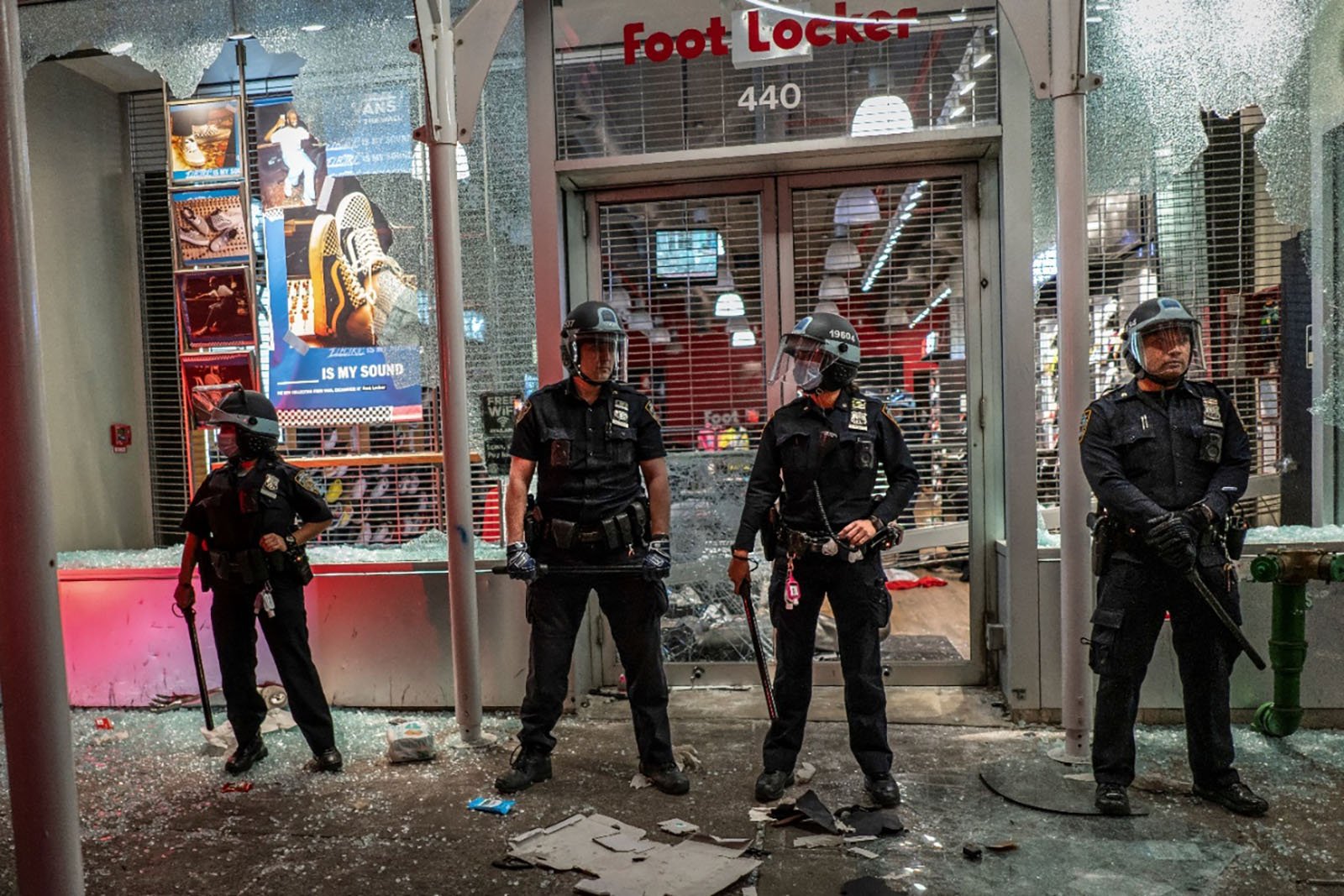
Still, this agreement between the New York City police force and NPPA makes rights and best practices far clearer, and establishes training requirements for officers of all levels. And a committee headed by the New York City Department of Investigation will monitor police activity at protests to ensure that the NYPD complies with its commitments to respect the rights of peaceful protesters, journalists, and legal observers for three years.
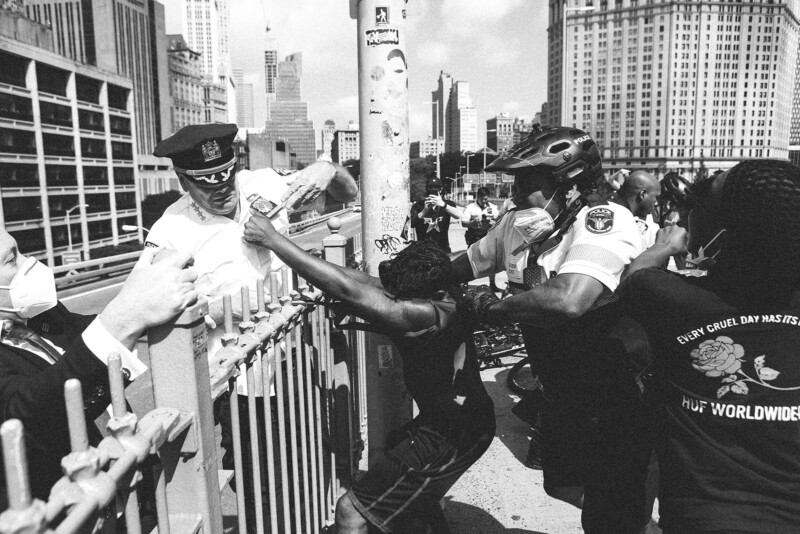
“This is not an agreement that will simply sit on a shelf,” says NPPA deputy general counsel Alicia Calzada. “It has real teeth and real mandates for improved training of police at all levels. We are hopeful this will truly change law enforcement culture when it comes to First Amendment activities on the street.”
The agreement was part of a larger settlement announced Tuesday brought on behalf of peaceful protesters by the New York State Attorney General’s Office, the New York Civil Liberties Union, The Legal Aid Society, the civil rights firms Cohen & Green PLLC and the Aboushi Law Firm PLLC, and civil rights lawyer Gideon Oliver.
![]()
“I’m extremely grateful for the no-cost representation provided to me and the other news professionals by Rob, Mickey, Wylie and their teams,” Adam Gray, who is one of the five plaintiffs, says. “These protests happened during a critical inflection point for U.S. society and I am hopeful this settlement will mark a major change in New York’s police culture as well.”
Update: Added more images courtesy of the NPPA.
Image credits: All photos are individually credited and provided courtesy of the NPPA.